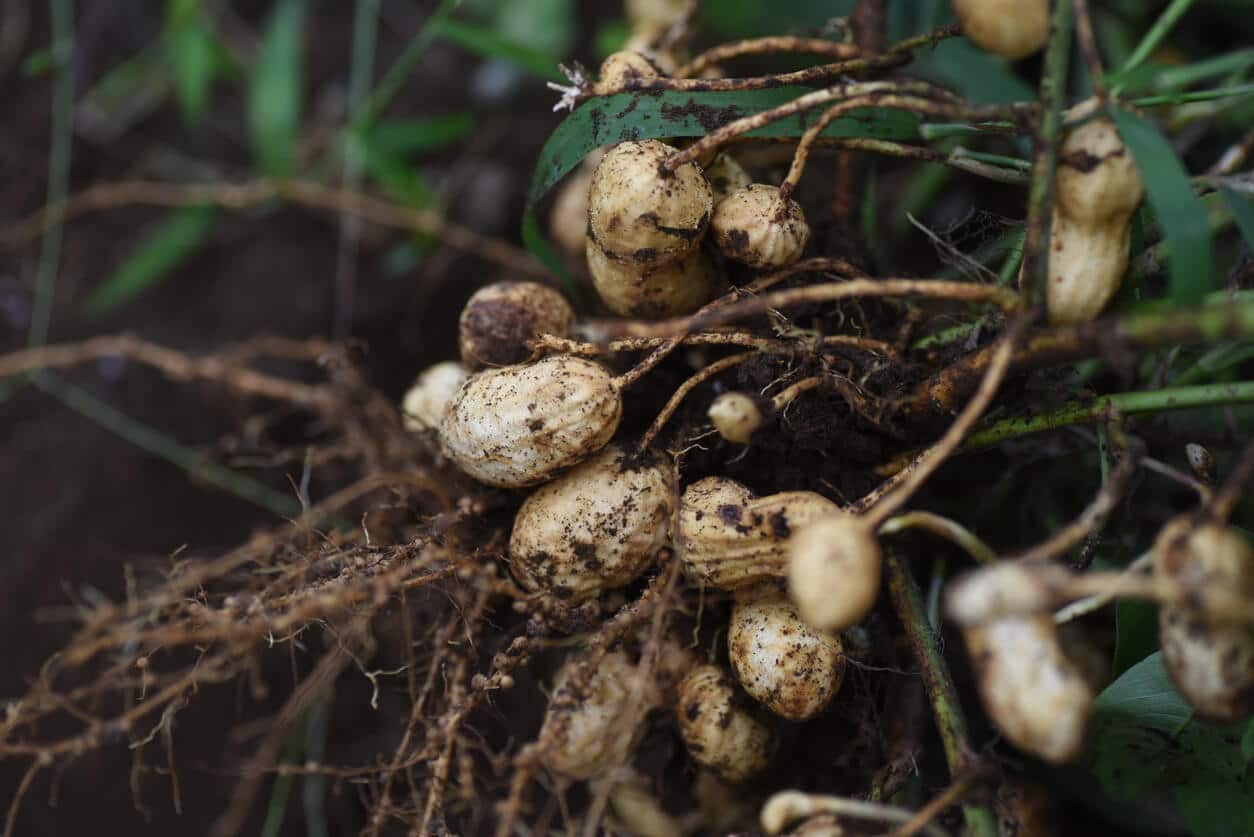Borlaug Scholar Catherine Danmaigona Clement is a Ph.D. candidate in the Plant Breeding program at Texas A&M University working on cotton breeding, genetics, and genomics with Drs. Jane Dever, Libo Shan, and Steve Hague.
I obtained my undergraduate degree in Nigeria, West Africa, and have experienced firsthand the difficulty students have understanding basic concepts and data analysis processes. Oftentimes students pay for their data analysis to be done and even when this is carried out, there is no guarantee that the concept or the software output is understood or if it was analyzed correctly.
In 2019, I travelled to Benin Republic, West Africa, to teach statistical designs and data analysis at an in-person workshop organized by the JRBiotek foundation for 100 African researchers stemming from 20 countries. At the end of that workshop 85% of the participants mentioned that the data analysis section was the most impactful. This experience further strengthened my drive to organize more training workshops. To-date these virtual and face-face workshops have impacted thousands of early-career researchers.
Even though these workshops were initially designed and tailored to Africans, it has also been beneficial to researchers and students in Asia, South America, Europe, the U.S., and Australia. The greatest impact is that African students are gaining confidence in analyzing and interpreting their data and most importantly they teach others in their various schools and communities.
My interest in plant breeding has been life-long, having grown up in Nigeria. Nigeria is a country where a large majority of the populace took to farming as their major occupation. I had been particularly troubled by the humongous efforts put in by local farmers during each cropping season and the low yields they typically obtained. In extreme cases they have next to zero yields due to severe biotic and abiotic constraints alongside poor management and agronomic practices.
My passion and desire for plant breeding research is fueled each time I visit my hometown. I come from a long line of farmers. My last name “Danmaigona” is translated from a dialect in Nigeria meaning “The son of a great farmer”. My grandfather was renowned in our clan as a very great, successful, hardworking and generous farmer. He could feed the whole community from the proceeds of his farming despite using local tools. As the “greatest” farmer of his time, he was given that name “Danmaigona” by the community.
He cultivated all kinds of crops ranging from grains, legumes, tuber crops and even cotton. My father always worked with him on the farm until he went to school, and they would grow cotton in large scale until the cotton bollworms devalued and devastated the quality of their farm produce. Production gradually began to wane after my grandfather died due to a lot of constraints.
Growing up, we mostly grew our food on the vast farmland around our house. We had a large portion of land dedicated to bananas, plantains, tomatoes, peppers, vegetables, corn, sweet potatoes, spinach, okra, pumpkin, yams, and cassava. My mum worked in the state ministry of agriculture and always brought home good seeds for planting. During harvest we share our farm produce with our neighbors, communities, and preserve some to last until the next cropping season. My love for agriculture eventually influenced my choice of study in university. I hold a bachelor’s degree in agriculture and a master’s degree in plant breeding and genetics. I was part of a cowpea breeding program that released very high yielding varieties of cowpea and strived to encourage local farmers in Africa to adopt it. The direct impact of these high yielding varieties of cowpea to local farmers’ revenue and wellbeing has been invaluable.
I chose cotton because at the time I was applying for graduate school there was an outbreak of a disease that was threatening to destroy the U.S. cotton industry. This new race of Fusarium wilt can kill susceptible cultivars within just one month after planting. This pathogen is particularly difficult to control because it resides in the woody structure of the cotton plant and cannot be reached by fungicides. It can also survive in the soil for decades. Because I love new challenges and I have had previous experience with this pathogen, it was an excellent choice for me.
My research is centered on breeding for resistance to Fusarium wilt race 4 in upland cotton using genomic tools. From the pathogen angle, we have sequenced up to 35 new strains to understand and capture Avr genes responsible for the extra virulence of this new race and why it is overcoming resistance. We also use this information to design diagnostics tools for field isolate classification. I have also optimized a lab screening protocol that can screen cotton lines for resistance within just two days post-inoculation. This protocol could rapidly reduce the number of lines plant breeders take to the field for screening saving a lot of time and resources.
On the crop side, we are deploying a genome-wide association studies approach and IRenSeq (Immune Receptor-enrichment Sequencing) to sequence 400 lines of upland cotton and identify resistance loci for introgression into upland cotton germplasms. I believe the impact of my research is directly linked to the success of the U.S. cotton industry and would add to the body of knowledge in tackling the situation. Texas is the Largest U.S. cotton producer and the spread of this disease to other states could be very devastating.











